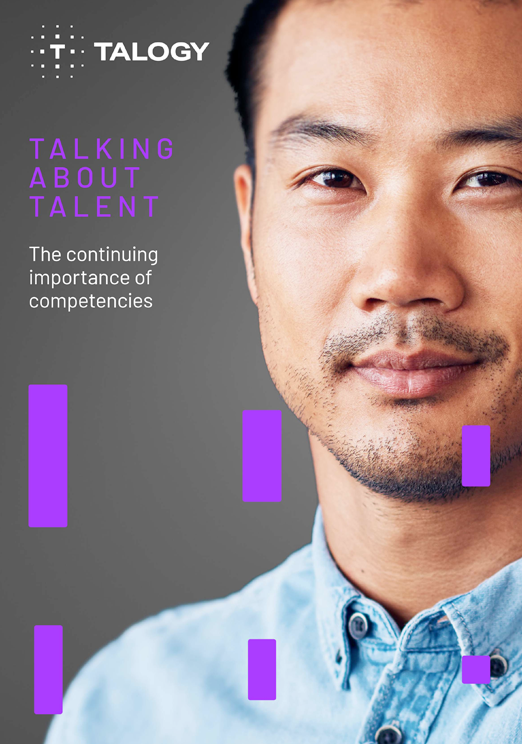Welcome to the age of Big Data.
When it comes to making accurate predictions about business and world affairs, complex statistical analyses have supplanted the once-confident declarations of authoritative experts in almost every respect. If there were any doubt, look at the past few election cycles. How many times must statistician Nate Silver embarrass the talking heads on cable news networks before they admit their expertise is unsupported by any discernable history of being correct?
[Apparently their tolerance for embarrassment is limitless, since the bloviating continues unabated. Something about filling 24 hours of programming, one surmises.]
In an article that appeared Monday on Bloomberg View, Noah Smith, a finance professor at Stony Brook University, writes about the big data shift in economics. That is, how we’ve moved away from what he calls “elegant economic theories” and toward cold analytics, a change that has had ripple effects across every aspect of industry and finance.
Smith writes: “Where theorizing once dominated the journals and academia, empirics and data now comprise the majority [viewpoint].”
While he ultimately advocates for the big-data focused, empirical approach, he also recognizes that “it’s important to understand the power and limitations of [purely scientific] methods.”
In the World of Work, big data affects all of us, whether we work in HR, management, or as individual contributors. As someone employed by a talent-management consulting firm, I can attest to the degree with which statistical data has changed the employee-assessment industry. We have put in a massive effort on the R&D and technology fronts to create a new analytics platform and to develop complex, scientifically rigorous formulas around behavioral competencies. These leading-edge tools give clients far deeper insights into hiring for sales effectiveness, employee development, and team building than previously possible.
That said, the “human” in human capital isn’t going away anytime soon (at least not until the robots become sentient and take control). The people touch will always be a critical part of talent management. Software may be able to calculate accurate behavioral competencies and potential sales effectiveness for a manager and for a staff member, but it takes a person to look at the results and say, “Hmmm… these dynamics explain why they clash so often.”
An analytics platform gives managers unprecedented views of individual and team dynamics, but only people can take those views and use them for things like talent placement, building high-performing teams that exhibit greater sales effectiveness, and overall organizational development.
So while the future of big data in talent management is exciting and promises new and even more advanced ways of maximizing productivity and sales effectiveness in teams, it still takes humans to apply that data toward a meaningful talent alignment strategy and to support the best hiring and development decisions.

